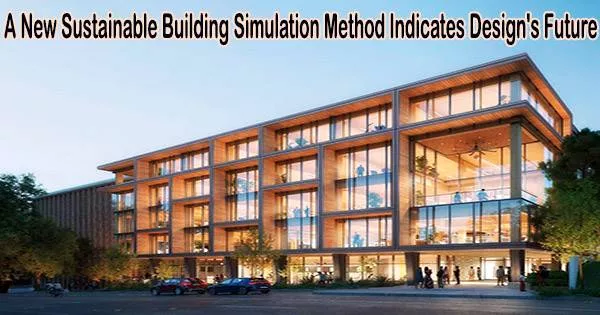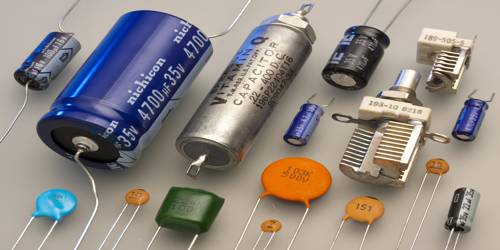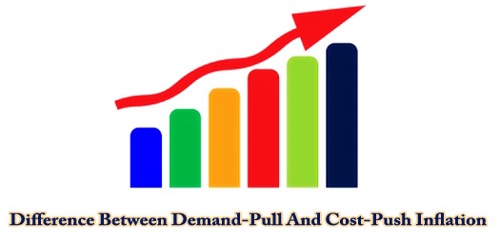Sustainable building simulation methods are tools and techniques used to assess and optimize the sustainability performance of buildings during the design and planning stages. These methods involve the use of computer simulations and modeling to analyze various aspects of a building’s energy consumption, environmental impact, and overall sustainability.
A new framework for including as much information as possible in the pre-design and early design phases of a project has been proposed by a team from Cornell University’s Environmental Systems Lab, led by recent graduate Allison Bernett. This approach may ultimately save architects and design teams time and money.
“Our framework allows designers to understand the full environmental impact of their building,” said Bernett, corresponding author of “Sustainability Evaluation for Early Design (SEED) Framework for Energy Use, Embodied Carbon, Cost, and Daylighting Assessment” which published January 10, 2021, in the Journal of Building Performance Simulation.
Timur Dogan, an assistant professor of architecture in the College of Architecture, Art, and Planning, and Katharina Kral, an architect with a license and a lecturer in the Department of Architecture, are the main researchers.
“How we look at this is, there’s the cost of change in the design process, and then the opportunity of impact,” Dogan said. “In the very beginning, changing something doesn’t cost anything, but if you’re a month into the project, changing something is really expensive, because now you have to rehire consultants and redesign things.”
“And then the other thing is the potential of impact,” he said. “In the very beginning, just with a simple nudge in the right direction, you can change a project from being an energy hog to something that’s very sustainable, and integrates well into the environment.”
Our framework allows designers to understand the full environmental impact of their building.
Allison Bernett
The International Energy Agency reports that 39% of energy and process-related greenhouse gas emissions in 2018 were attributable to the construction industry. 11% of that came from the production of goods and materials for construction.
The Sustainability Evaluation for Early Design (SEED) Framework is a decision-making tool that can dynamically and concurrently simulate several variables: building energy performance; embodied carbon (carbon emissions generated by construction and materials); construction cost; and daylighting (the use of natural light to illuminate indoor spaces).
Using as few as four inputs, the framework will enable architects and design teams to quickly sample and rate tens of thousands of design iterations.
Using publicly available data and a suite of available design simulation programs including Rhino/Grasshopper (a CAD program); ClimateStudio, developed by Dogan, for daylight simulation and building energy modeling; and engineering software Karamba3D Bernett and the team tested SEED in a case study of a hypothetical mid-sized office building modeled in Boston, Washington, D.C., and Phoenix.
The SEED Framework produced tens of thousands of design choices based on factors unique to the three cities in the case study, giving designers flexibility early on before shifting directions would be prohibitively expensive.
“The idea is, you run this analysis,” Dogan said, “and you get a few options that already make a lot of sense, and some options that you can completely forget about. It always comes down to this lack of information in the decision-making process.”
“In that sense, the construction industry is super inefficient,” he said. “There’s too many players who don’t know the full picture and then make decisions that are not always rational. This framework that Allison worked on is geared to help bring the information to the table. Every stakeholder in the design process can then form their own opinion about design goal priorities.”
SEED’s greatest asset, Bernett said, is amassing a tranche of data on multiple factors in one place, and involving architects early in the design and pre-design phases.
“It takes a lot of time to gather all that data, and we have that prepackaged. So there’s definitely a hunger for that,” said Bernett, who presented the SEED Framework in September 2019 at the International Building Performance Simulation Conference, in Rome.
“Right now, we rely heavily on energy modelers and consultants to do this work,” she said. “And if we can involve architects more readily and more early on, I think that we’re going to see a lot of improvement and cost-effectiveness to these early design decisions.”
The team employed AutoFrame, a novel method created by Kral for autonomously computing structural systems, in addition to the openly accessible design simulations. Simulated daylight and embodied carbon evaluations are both more accurate thanks to AutoFrame.
“The Cornell Atkinson Center for Sustainability’s Small Grants Program provided pivotal support for this work,” Bernett said.
“That funding really gave it the push it needed,” she said. “It allowed me to present a first iteration of SEED at the conference in Rome, and then to really flesh out the research more after that.”
















